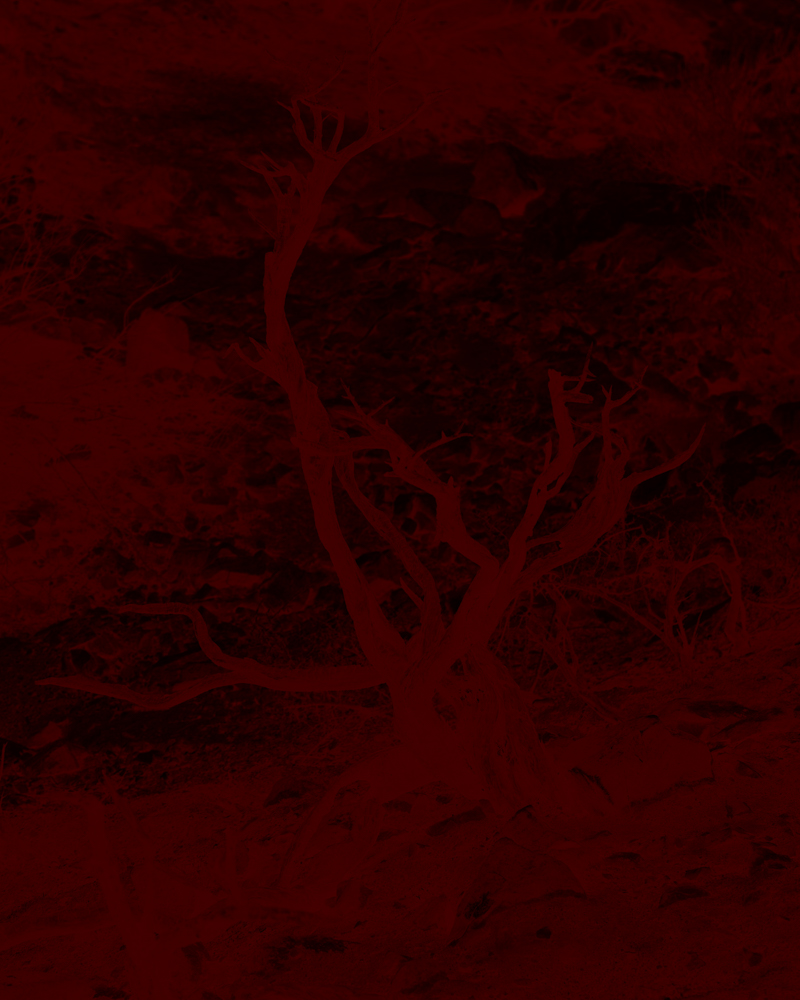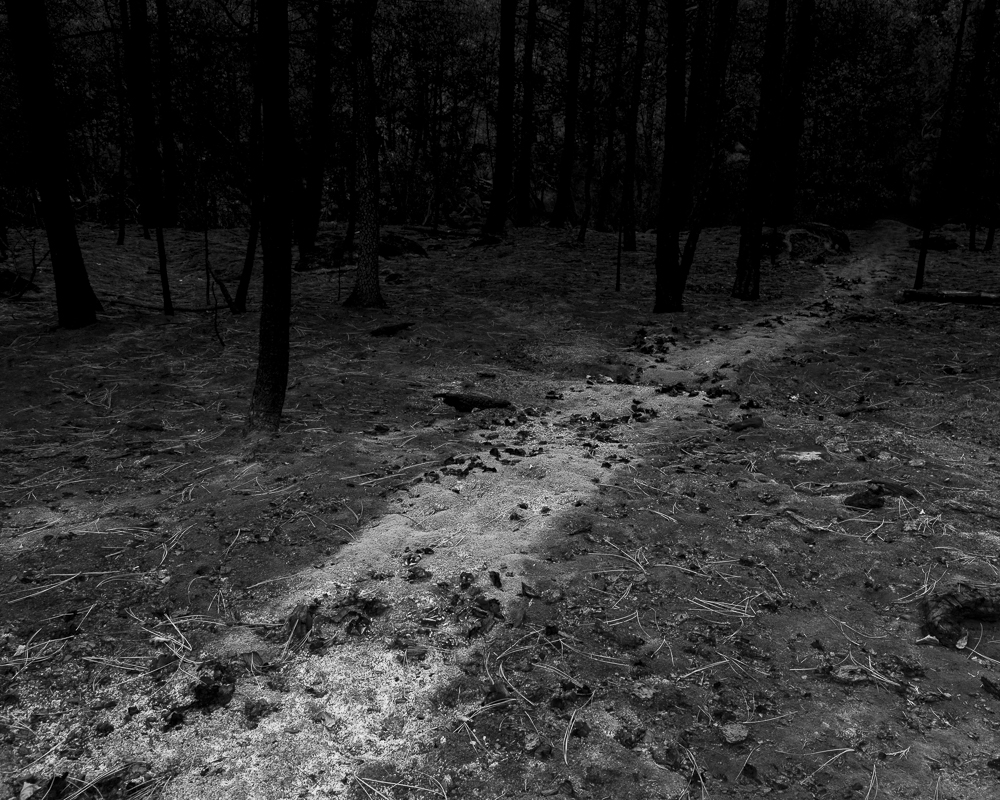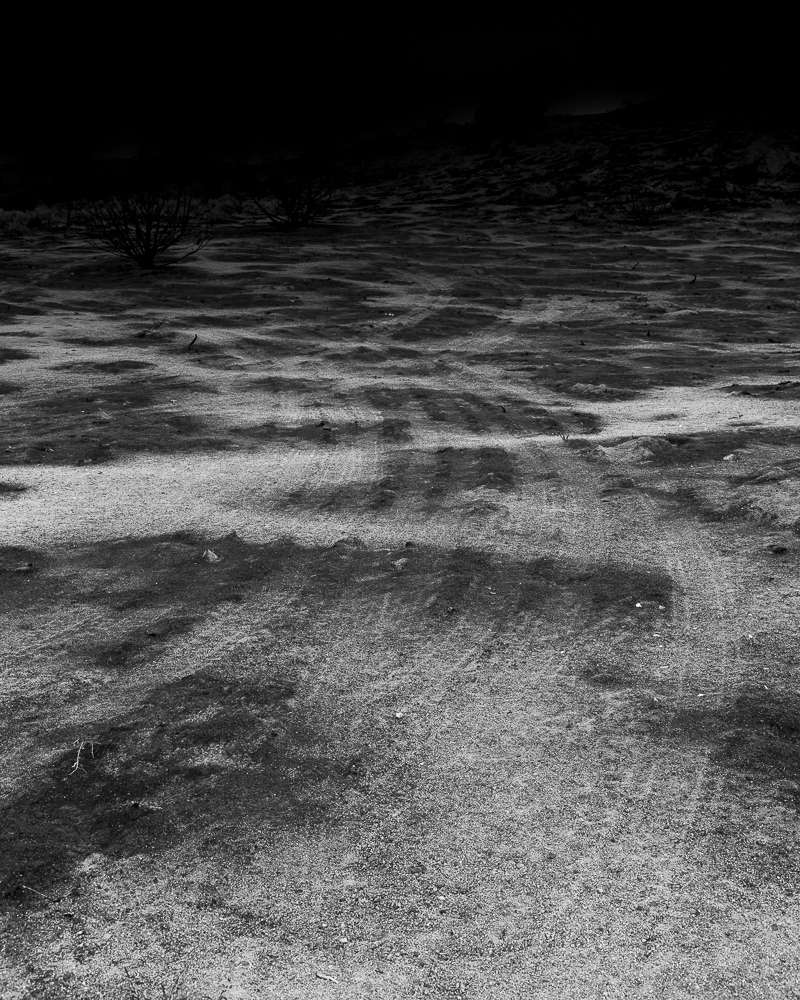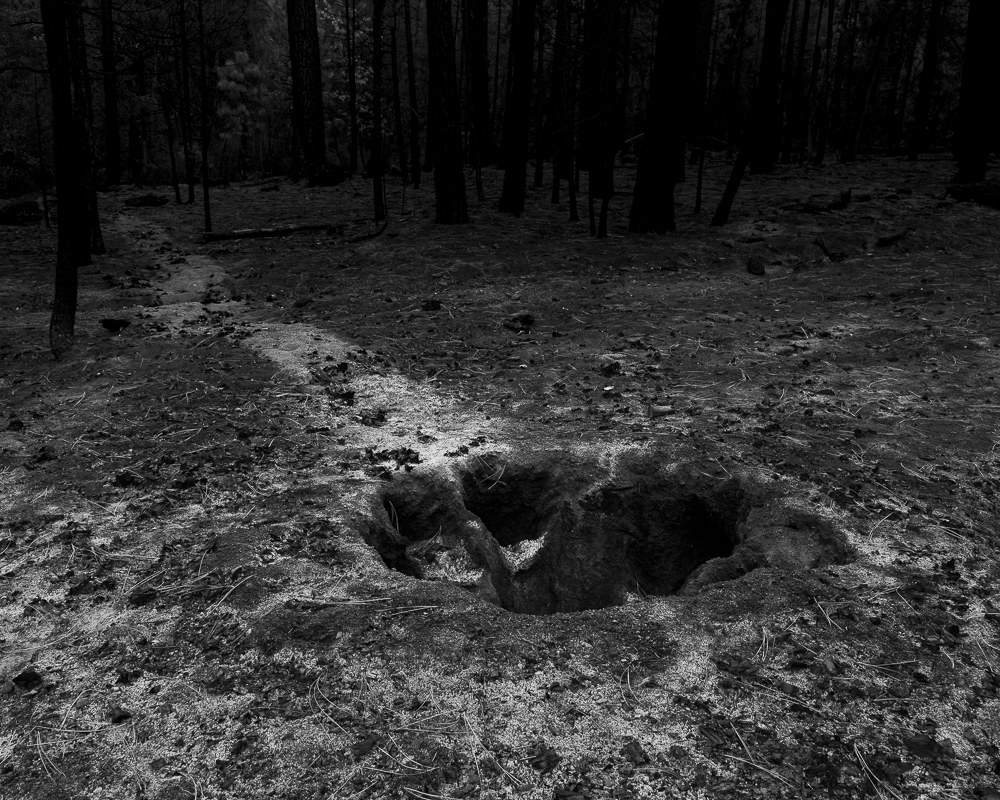Lindsay Godin
The occurrence of wildfires in the western region of the United States has been on the rise due to a combination of regional climate change, increased frequency of drought, human activity and negligence (i.e., electrical wire arcing, unattended campfires, discarded cigarettes, and sparks from recreational vehicles and firearms). Each year, billions of US federal dollars are spent to combat these fires and remediate environmental damage. Additional costs to the regional and local economy range from lost tourism revenue as well as nearly statewide shut down of the electrical grid. These economic costs are staggering. As these environmental conditions worsen, scientists project future wildfire regions to become progressively more widespread. The collective impact of lost private property, human life, environmental damage including air pollution elicits overwhelming psychological trauma within residents living in these areas.
In my ongoing series, Lindsay Godin have been capturing images of human-caused wildfires and its resulting physical destruction upon the western landscape. Photographing sites that deliberately portray tight vantage points and unrevealing horizons to symbolise a pessimistic and unforeseeable future pertaining to climate change. Her images attempt to capture physical destruction through a heavy dose of black and colour demonstrating a metaphorical parallel of the environmental destruction to the collective psychological trauma humans endure, along with a fatalistic inescapability from the future that lies ahead.















